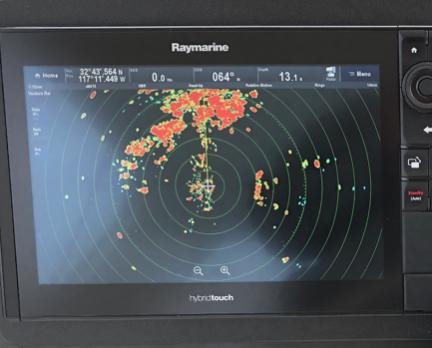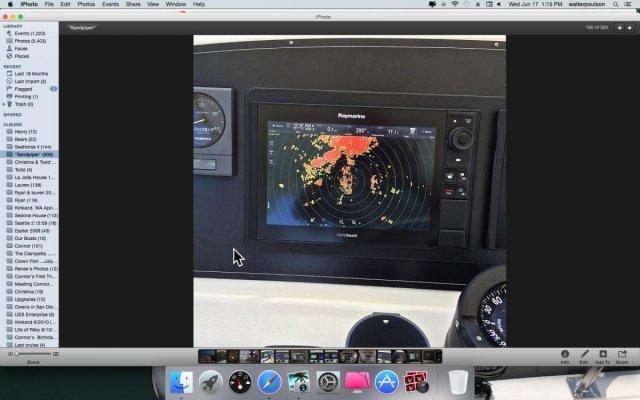rsn48
Guru
- Joined
- Feb 18, 2019
- Messages
- 2,019
- Location
- Canada
- Vessel Name
- Capricorn
- Vessel Make
- Mariner 30 - Sedan Cruiser 1969
Occasionally I get brain farts over the most simple of things. And I may have looked up how to correct whatever, or do whatever, but invariably ten minutes later, it does a disappearing act in my brain.
Take the word "guarantee," I have looked up the proper spelling, without exaggeration at least one hundred times, and even typing this sentence I had to do a spell correct on it. Same with "it's" and "its," although after decades of trying to sort the correct usage out of these two simple words, I've finally got it, its something I've worked on for a long time.
And now in a system, a simpleton like me could understand, I got degrees, minutes and seconds. But then some genius decided that this system was to easy to remember and now "seconds" in to three decimal places? So am I suppose to take 60 seconds and divide it my 100, and that's how it works. And why was it changed, I think part one of the answer has to do with GPS, but why?
Take the word "guarantee," I have looked up the proper spelling, without exaggeration at least one hundred times, and even typing this sentence I had to do a spell correct on it. Same with "it's" and "its," although after decades of trying to sort the correct usage out of these two simple words, I've finally got it, its something I've worked on for a long time.
And now in a system, a simpleton like me could understand, I got degrees, minutes and seconds. But then some genius decided that this system was to easy to remember and now "seconds" in to three decimal places? So am I suppose to take 60 seconds and divide it my 100, and that's how it works. And why was it changed, I think part one of the answer has to do with GPS, but why?



